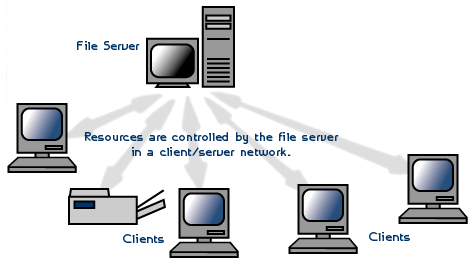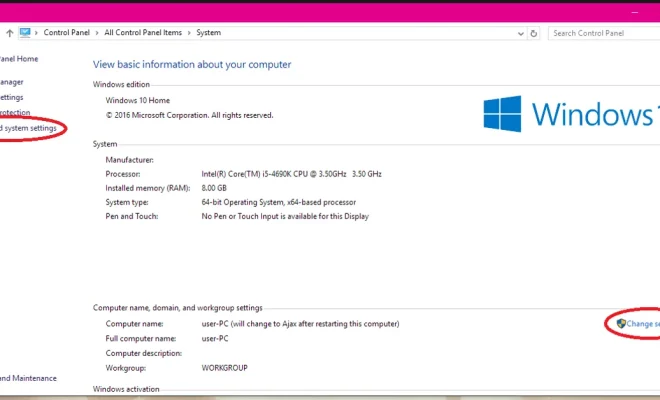What is Network Architecture?

Every time we access the internet, watch a video, make a phone call or use an app, we interact with a network. Network architecture is the foundation that defines and supports the communication between different devices and systems in a network.
Network architecture is the design of a computer network that specifies hardware and software components, layout, protocols, and communication standards that enable the sharing of information and resources within a network. It defines how computers, servers, routers, switches, and other devices are connected and communicate information.
In its simplest form, a network consists of two or more devices connected by a physical or wireless link. However, modern computer networks have become more complex, with hundreds or even thousands of interconnected devices, servers, and applications. Network architecture provides a set of rules and a blueprint for the development and maintenance of complex networks.
The primary goal of network architecture is to ensure that data flows smoothly between devices and systems in a network. It involves determining the best way to build the network, based on the needs of the users and business requirements. The architecture should define the most efficient routing protocols, network protocols, and network topologies to ensure optimal data transfer.
Network architecture includes the following components:
– Network Topology: the physical and logical layout of the network components, such as routers, switches, firewalls, and servers.
– Network Protocols: the set of rules that govern data communication between devices and systems in a network, for instance, Internet Protocol (IP), Transmission Control Protocol (TCP), and User Datagram Protocol (UDP).
– Network Services: the applications and services that run on the network, such as email, file transfers, and video conferencing.
– Network Security: the measures and technologies that protect the network’s data, communication channels, and computing devices from unauthorized access, attacks, and malware.
– Network Management: the process of planning, monitoring, and maintaining the network. This includes performance optimization, fault diagnosis, and availability management.
In conclusion, network architecture is an essential aspect of modern computing that defines the structure and behavior of computer networks. It serves as a blueprint for the development, maintenance, and management of complex networks that support business operations, data transfer, and communication. By efficiently designing and implementing network architecture, organizations can improve data transfer speed, lower costs, and enhance network security.






